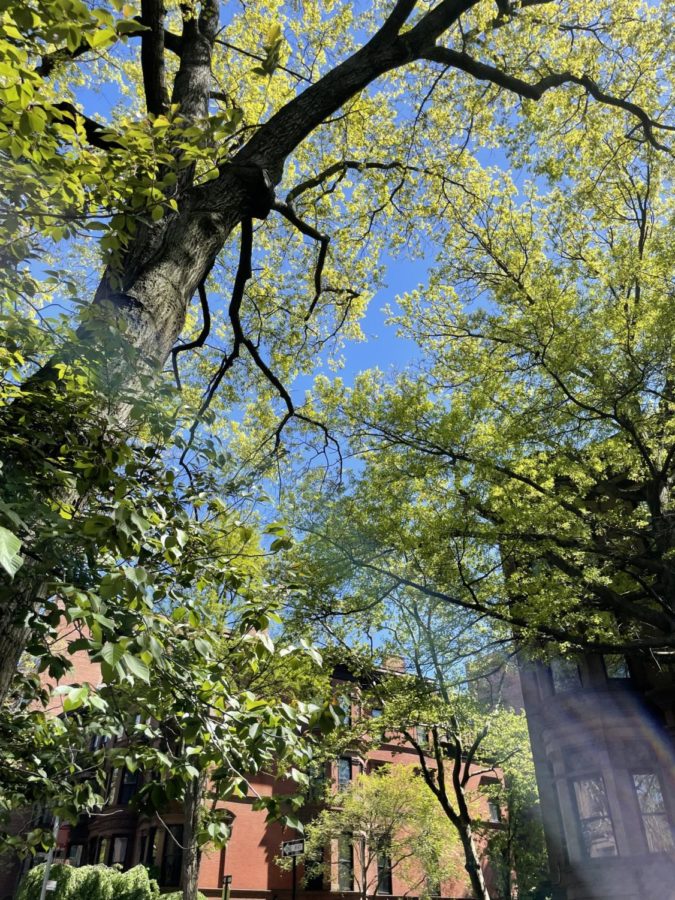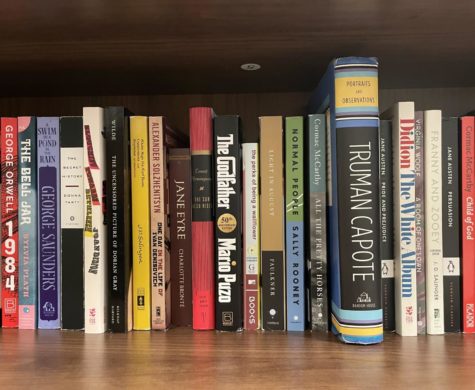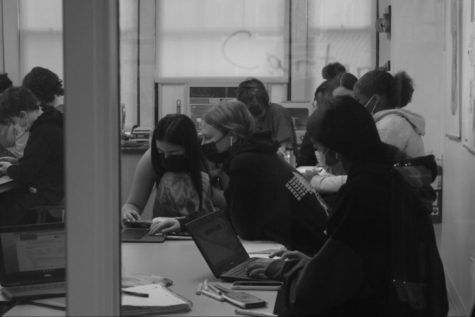(Mental) Spring Cleaning: The Woes of Seasonal Depression
“Spring is the time of plans and projects.” – Leo Tolstoy, Anna Karenina.
The sun is out, the birds are chirping, and soon enough, the leaves will start sprouting from the trees. So it is safe to say, with more confidence than when it was said during those last grueling days of March (and some in moving into April), that spring is here?
Why does this sunlight feel so refreshing? Why are we happier? According to “Unraveling the Sun’s Role in Depression” by WebMD, serotonin is naturally dependent on atmospheric conditions. So on brighter, sunnier days, people experience a boost in serotonin. Conversely, lack of sunlight and reduced serotonin are significant factors in developing Seasonal Affective Disorder (“SAD,” how fitting), more commonly known as seasonal depression.
Though it often goes undiagnosed, as of 2019, an estimated 10 million Americans have been diagnosed with SAD. The lack of diagnoses, or misdiagnoses, is partially the result of misinformation regarding SAD. In children and teenagers, it is often written off as normal moodiness or the effects of puberty.
Symptoms of SAD include irregular sleep and appetite, fatigue, difficulty concentrating, irritability, and an overall drop in energy levels. These symptoms are particularly relevant for students. Students are more likely to see a slip in their grades during the colder, cloudier seasons.
Because SAD is so common, can drastically vary from person to person, and is often undiagnosed, the treatment plans are limited. For more severe cases, a person may consider light therapy. Light therapy (also referred to as heliotherapy, after the sun god) is exposure to an artificial light source that mimics sunlight. A person and their psychologist may also consider antidepressants or serotonin reuptake inhibitors. Most frequently, however, self-care is the prime treatment. Maintaining an (at least somewhat) consistent exercise routine (walks, organized workouts, sports, etc.) and sleep schedule helps feel less sluggish.
SAD is a common mood disorder in which the weather reflects a person’s mood. It is most frequently associated with the colder, darker months of winter. People are less likely to experience SAD if they live somewhere with less temperature and cloud variation.
Depending on where an affected person lives, SAD is likely to never go entirely away. However, here in New York, there is a comfort in knowing that it is temporary, regardless of how January and February and those first few weeks of March are so distressing.
Despite SAD being more or less temporary, it is still a valid mental illness to be taken seriously. People often don’t seek professional treatment specifically for SAD, meaning that self-care and looking out for others you know are affected is especially important.










